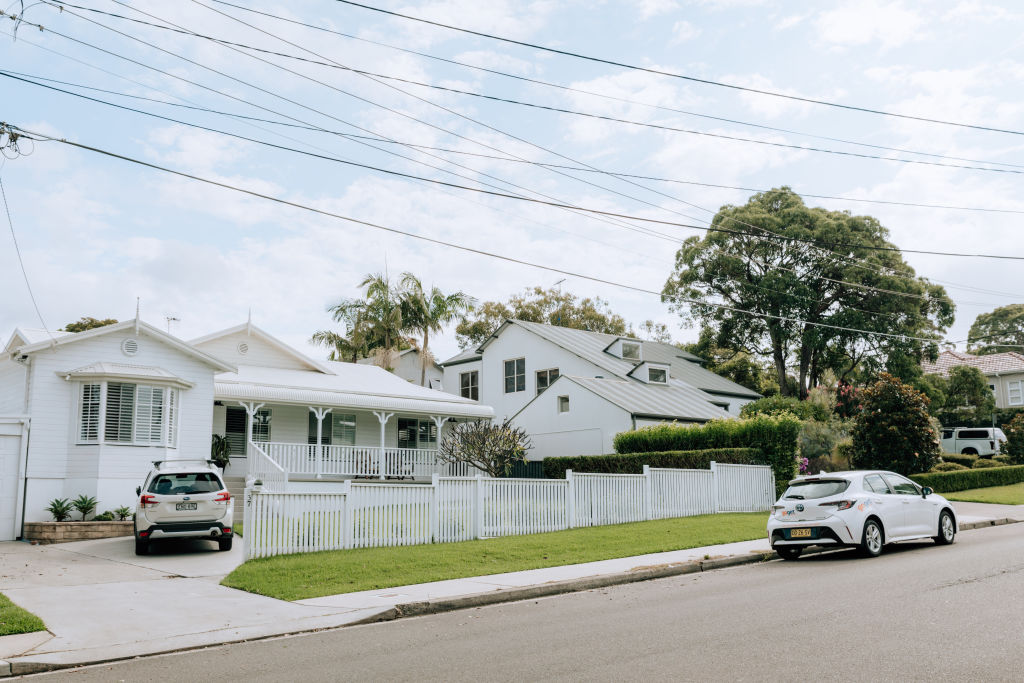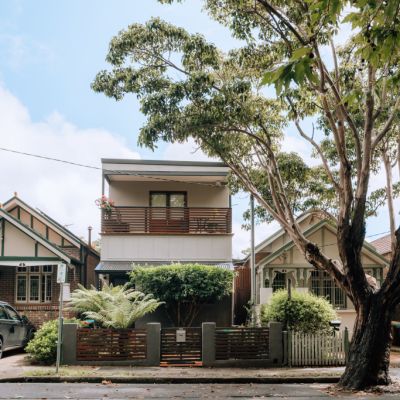Pre-settlement inspection checklist: A step-by-step guide

You fell in love with the house or apartment the first time you saw it, and now you’ve managed to beat off all the other rival buyers. But before you make it yours with that final payment, there’s one last, critical step: the pre-settlement inspection.
What is a pre-settlement inspection?
A pre-settlement inspection is your chance to review the property you’ve purchased to ensure the condition matches what’s stated in the contract and what you saw during previous visits. If anything is amiss, tell the agent and contact your conveyancer or solicitor immediately so the vendor will have a chance to resolve any problems.
A condition can also be put in the contract that it’ll be fixed in the terms or condition of sale, or a discount on the price can be negotiated to allow you to pay for it to be sorted yourself.
Why are pre-settlement inspections important?
A pre-settlement inspection is your final opportunity to ensure the property is in the condition agreed upon in the contract before you hand over the money and take full ownership. Skipping this step could leave you dealing with costly surprises after settlement.

Pre-settlement inspection checklist: what to consider
Set the inspection date: The pre-settlement inspection date has to be made in advance of taking ownership of the property on a day and time that suits both you and the current owner or their agent. It’s usually around one week before settlement is due.
Bring someone with you: It’s always good to have a witness or a second opinion on hand, maybe your agent or another property professional like a buyer’s agent, to help you check that everything is in order. They will know exactly what to look for and won’t be too embarrassed to ask tricky questions. And make sure to take photos on your phone of anything you feel is a problem.
Take the contract: This will list all the inclusions and the items it’s been agreed the vendor will take away. Tick things off the list in a methodical way. The vendor, for instance, might have decided to leave the washing machine and wall-mounted dryer and blinds, but you might be surprised to find the carpet you liked so much was actually a rug and is no longer there. One new owner agreed to do their pre-settlement inspection at night, only to discover the seller had taken out all the lightbulbs, so it was impossible to perform properly.
Have the pre-purchase building, pest and strata reports on hand: You should compare these with how you see the property pre-settlement to make sure nothing has changed in the interim. Any signs, for instance, that a pest problem or any leaks previously noted have become worse should be immediately communicated to the agent and your solicitor.

Make sure there’s no damage: The property should be in exactly the order it was during the sales campaign. Make sure the walls are not damaged – look behind any pictures or posters left up on them – double-check the state of the flooring by lifting any carpet, inspect the tiles for any new cracks and all sinks for any new scratches or rust.
Check the electrics: This includes all the lights and electrics and power points. One person found that half the power points had never been connected to the electricity – a very costly oversight – only after they’d moved in. It takes time to check them all, which can be done even with a charger and your phone, but it’s worth it. Similarly, if there is a landline jack, ensure it still works.
Inspect all windows and doors: Blinds or curtains might have been half closed when you last saw the property and could have hidden cracks in glass or windows. You also need to make sure windows and doors open and close correctly and that any locks actually function.
Switch on heating and aircon: Turn these on when you enter the home to make sure they’re fully operational.
Test the taps work: This should reveal any loose or broken tapware or plumbing that isn’t in working order. Don’t forget to turn on the shower and any taps in the garden or on the balcony, and check all sinks and toilets for leaks.

Check outside areas: Some apartment vendors leave a selection of dead and dying plants on their balconies for the next owner to dispose of instead of doing it themselves. Insist they be taken away unless you want to try to revive them. Similarly, vendors have been known to actually dig up their favourite trees or plants in their garden to take them with them. Unless this has been agreed upon prior, they must be replaced.
Ask for relevant documentation: The vendors might have the original building or architectural plans for the property, which could one day come in handy for planning an extension. They might also have manuals and warranties for any appliances, like the oven.
Confirm all agreed items are present: Flick the pool pump switch to ensure it’s still there, and be aware that some vendors take their favourite letterbox. If that wasn’t agreed, and you want to receive mail, insist on its return, or be ready to buy a replacement. Make sure they’ve left the garage remote.
Ensure unwanted items have been removed: It’s unacceptable for the vendor to have left garbage bags full of rubbish, old broken furniture and discarded appliances in the home. You are well within your rights to demand these be taken out before you settle.
We recommend
States
Capital Cities
Capital Cities - Rentals
Popular Areas
Allhomes
More










